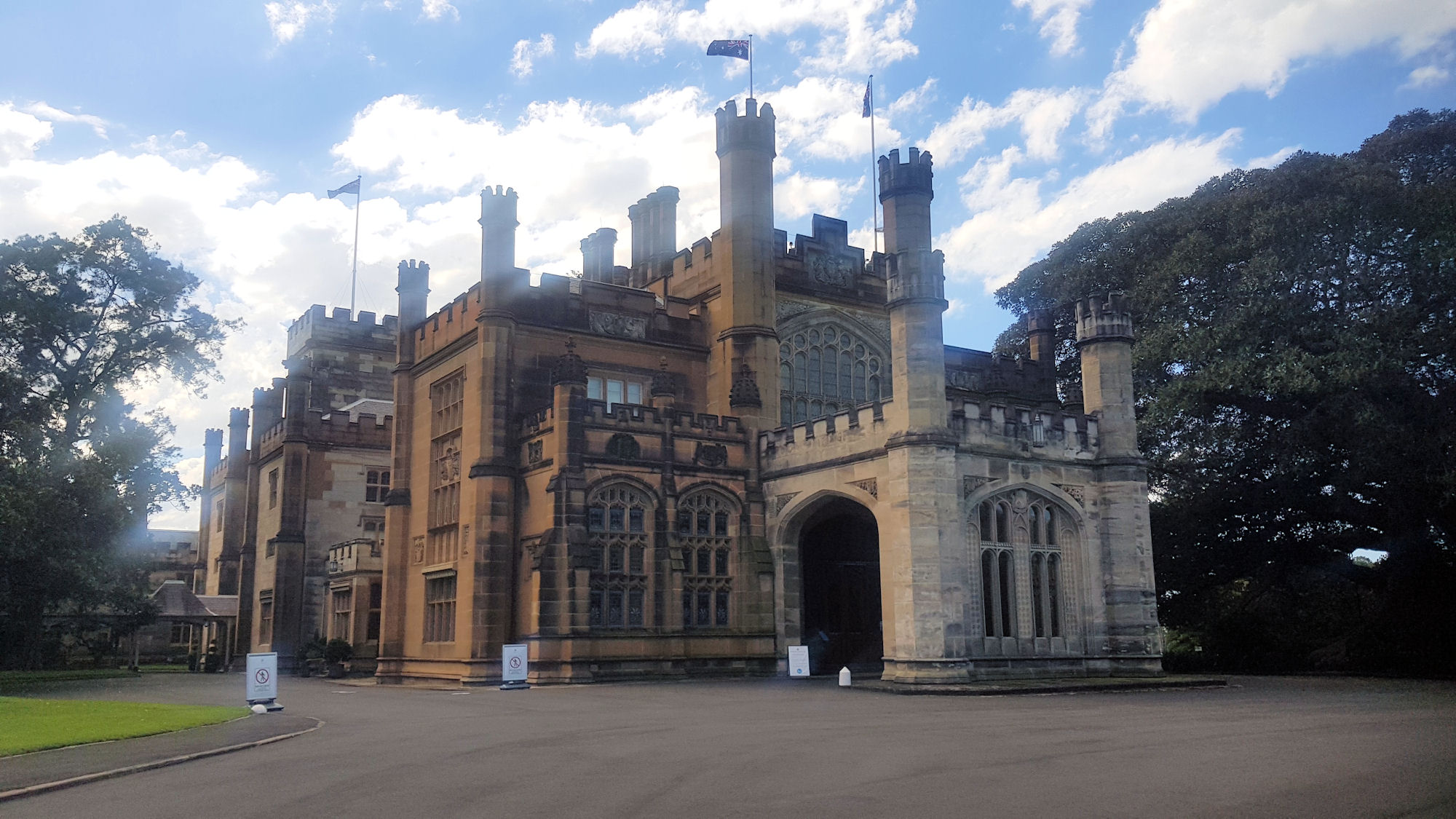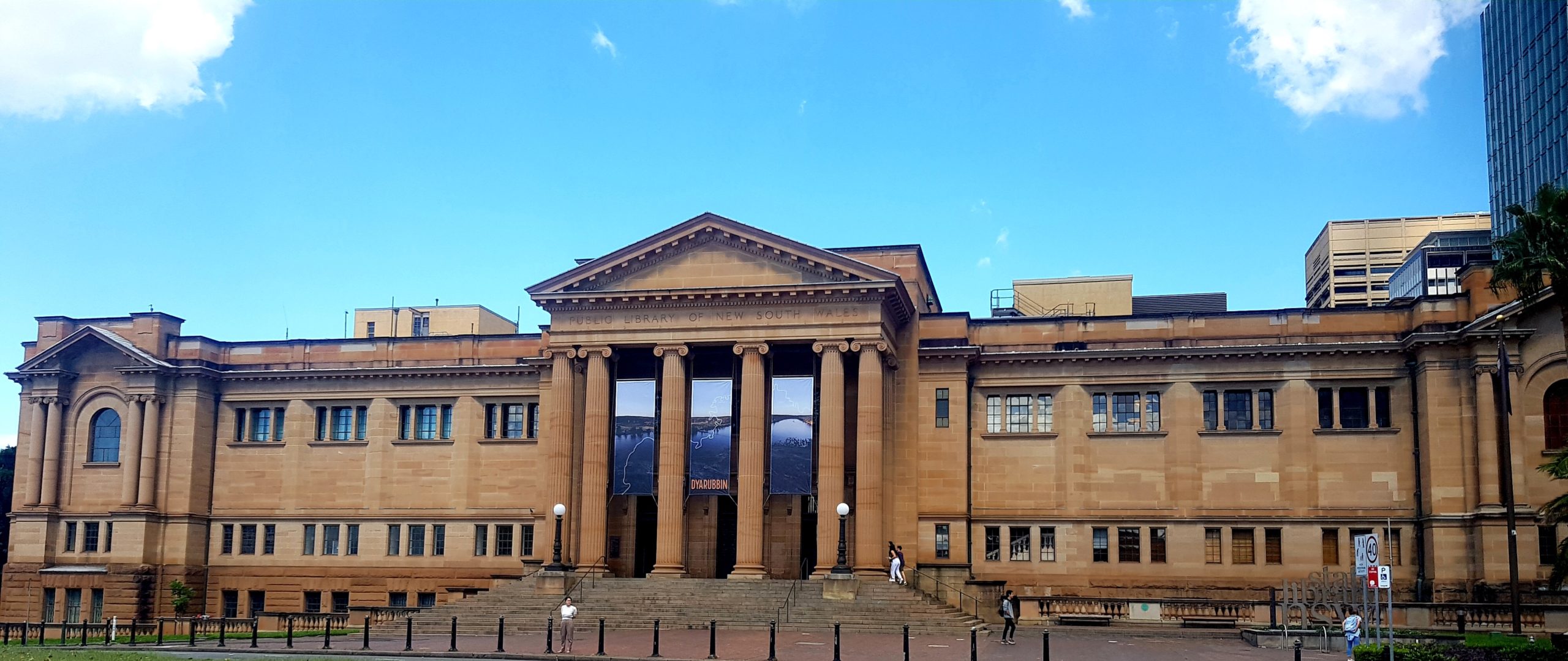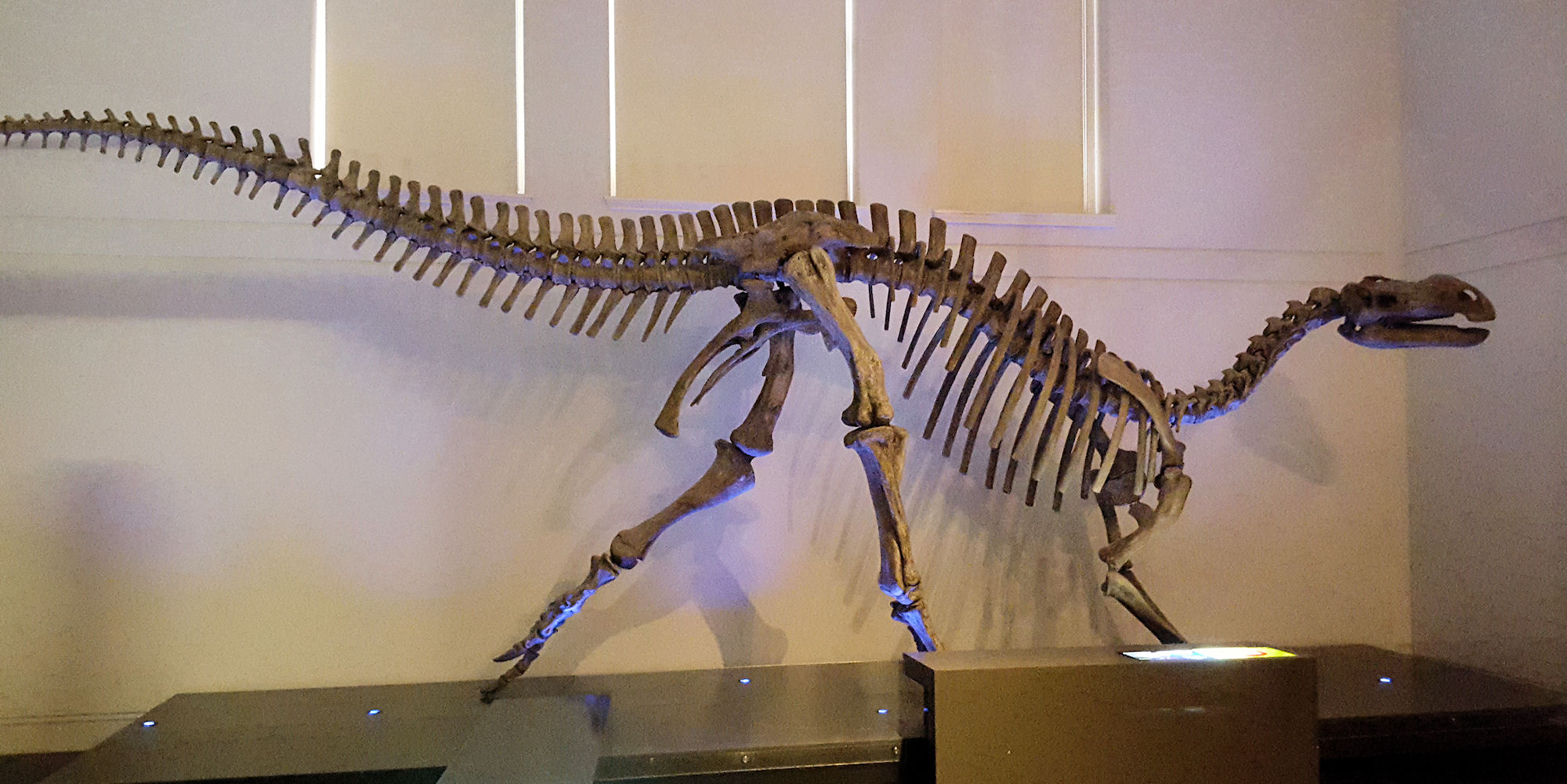Category: New South Wales
-
Government House Sydney

Government House Located next to the Royal Botanic Garden on Sydney Harbour, Government House is the official residence of the Governor of New South Wales. Completed in 1845, the building is an example of the Gothic Revival style which is characterized by the towers and other medieval features. The Governor is appointed by the Sovereign and… Read more
-
State Library of New South Wales

State Library of New South Wales Located at 1 Shakespeare Place in the centre of Sydney, the State Library of New South Wales is the oldest library in Australia. Established in 1826, it moved to the current building in 1910. Designed by Walter Liberty Vernon, the heritage listed building has been expanded over the years… Read more
-
Australian Museum Sydney

Australian Museum Located near Hyde Park in the centre of Sydney, the Australian Museum is a wonderful place to spend a few hours wandering around the amazing displays. Designed by colonial architect Mortimer Lewis, the current building opening in 1857, although the museum’s collection dates back to 1827. An extensive refurbishment in 2021 has resulted… Read more